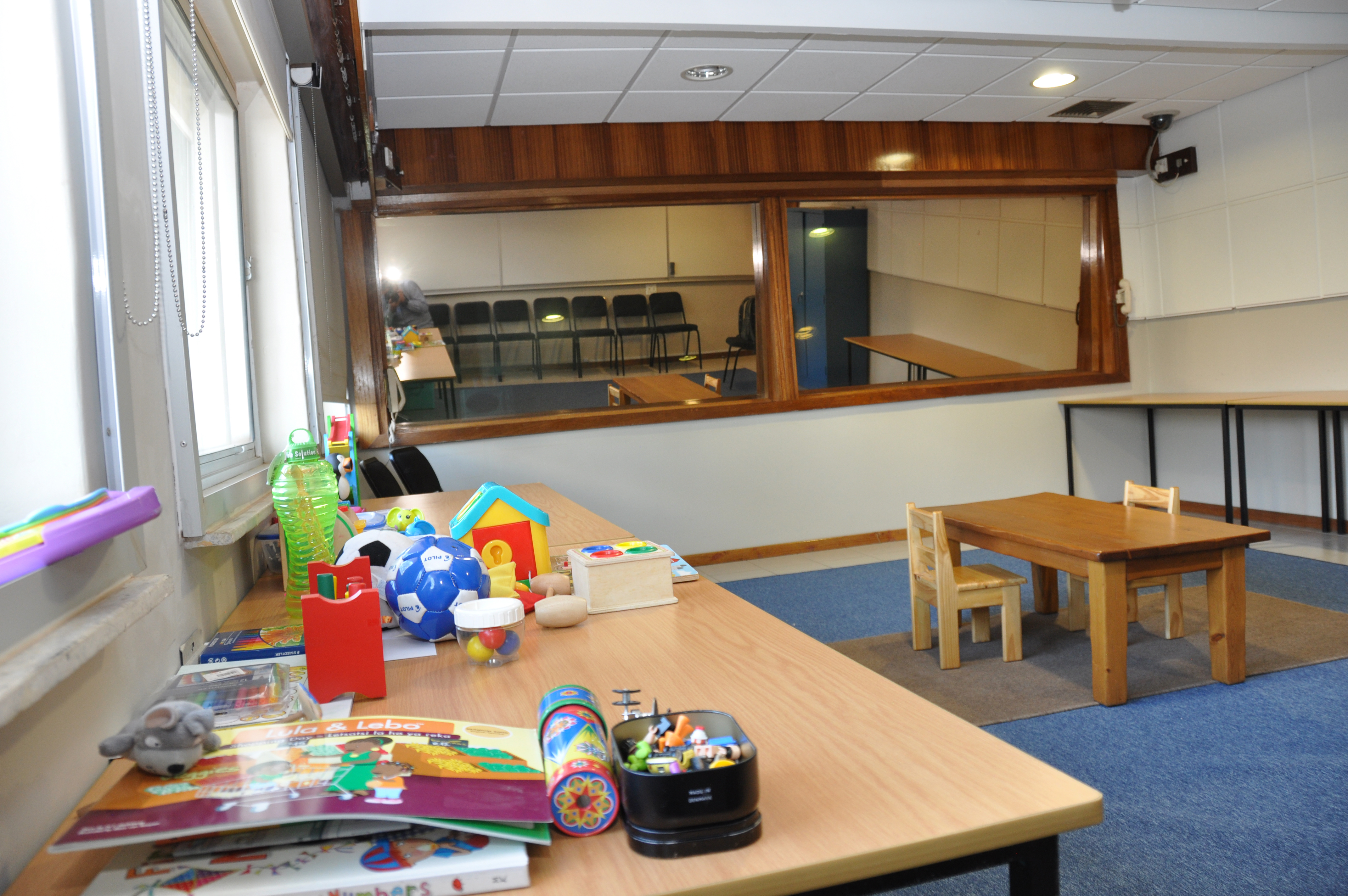Greta Thunberg, the 17-year-old climate and environmental activist who identifies as autistic, calls her autism a superpower. And it might just be this superpower that saves the world.
Celebrating the strengths of autism
With April being Autism Month, it is a good time to celebrate the strengths of autism, says Dr David Griessel, Director of the University of the Free State Autism Support Centre (ASC), and a registered developmental paediatrician in the UFS
Department of Paediatrics and Child Health. This includes a no-nonsense, direct thinking, and ‘outside the box’ way of looking at life, which is not mired in wishful thinking and false hope.
The Autism Support Centre was initiated by Dr Griessel, who has a special interest in neonatal intensive care, perinatal care, neuro-developmental evaluation in high-risk babies, neuro-developmental behavioural problems and learning difficulties, autism spectrum disorders, and the ethics of neuro-disability. The centre is under the auspices of the ‘Make the first 1 000 days count’ project and is located on the UFS Bloemfontein Campus.
According to Dr Griessel, the current pandemic is asking questions of us as society. “Questions about what is really important to us as humans. Whether we can really keep on expanding and consuming as if tomorrow does not exist. The inconvenient fact is that our encroachment on the habitat of wild animals bring us in contact with wild animals, and although bats are very resistant to viruses, we are not,” says Dr Griessel.
Dr Griessel says Greta does not care about social codes, and directly asks of us: “How dare you steal my dreams and my childhood with your empty words; our homes are on fire.”
Children with autism need significant support
“If we, as so-called neuro-typical parents, caregivers, and society can accept and support them, they add to the richness and complexity of life. The first person described in the medical literature, Donald T, had a full and eventful life, but financial support and a small community who had his back, were real enablers!”
“In this time of lockdown, my thoughts go out to parents and the challenges they may face at home. There are wonderful resources available from Autism SA, which may help them navigate these uncertain times. When we listen to Greta, a thought springs up – maybe autism will save the world.”
A first in Africa
The Early Start Denver Model (ESDM), a first in Africa, was recently presented at the ASC and is now used to support therapists, caregivers, and patients with autism and related disorders.
This model is one of the so-called naturalistic developmental behavioural interventions, which attempts to change the core features of autism. They all share the idea that normal developmental forces should drive the process of interaction between caregiver and child; this has been to be effective in different controlled trials.
Three registered ESDM therapists, together with Prof Lauren Franz from
Duke University in North Carolina as mentor, visited Bloemfontein at the end of 2019 to become accredited trainers. Colleagues from Tanzania as well as attendees from all over South Africa have visited the centre before.
The unit is also being used by two local therapists, Elize van Rensburg and Angela Correia, to achieve reliability in this therapy. Furthermore, the unit is used as a therapy centre and for ADOS (Autism Diagnostic Observation Schedule) evaluations – the gold standard for diagnosis.

An inside view of the Autism Support Centre on the Bloemfontein Campus of the University of the Free State (UFS).
Supporting families as caregiversAutism South Africa has adapted a guide from the Frank Porter Graham Child Development Institute at the University of North Carolina on the support of individuals with autism through uncertain times.
Individuals with autism may need additional support to process the news and adapt to the many changes. This population may face additional challenges related to comprehension, communication, difficulty understanding abstract language, an insistence on sameness, and a greater likelihood of anxiety and depression – all of which may be exacerbated during this stressful period.
The following seven support strategies are designed to meet the unique needs of individuals with autism during this period of uncertainty.
• Supporting understanding
• Offering opportunities for expression
• Prioritising coping and calming skills
• Maintaining routines
• Building new routines
• Fostering connections (from a distance)
• Being aware of changing behaviours